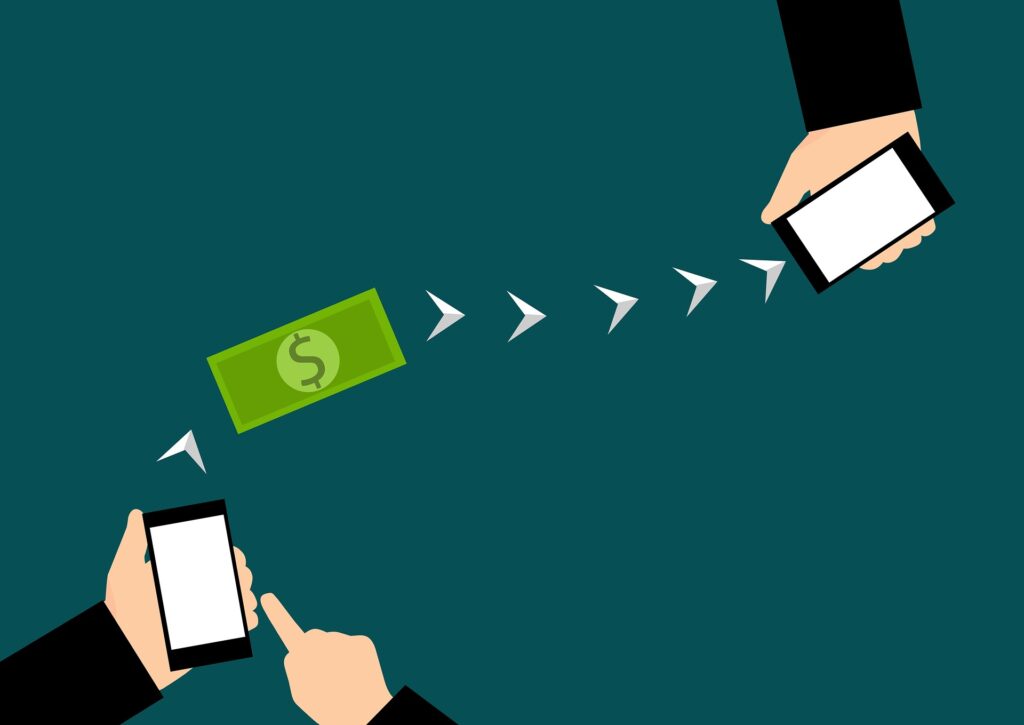Last updated on April 17th, 2024 at 05:38 pm
If you send money from one country to another, you know that fees are often involved. You might even have shopped around for better rates from a remittance company. In recent years, money transfer apps have been able to reduce fees, which in turn means that more money makes it home. But do you know how remittance companies set their rates? We’ve put together this helpful guide to explain how it works.
Before we get started, the basics: a remittance is simply a transfer of funds. Typically, we use the word “remittance” to describe money sent by overseas workers or immigrants to their home communities across the globe. This might be as a wire transfer, bank transfer, or other type of international money transfer.
Remittances are vital to the global economy. According to UN News, they help millions of families with financial stability, with an estimated 75% of remittances used to put food on the table and cover medical or housing expenses.

So, How Do Remittance Companies Work?
A remittance service makes it possible for you to send money across borders safely and efficiently. Here’s how they do it.
The remittance company purchases the currency and keeps it on hand. When you want to send money, you are purchasing this currency from the remittance company, generally at or slightly below the rate that they paid for it (except in the case of special promotional offers), plus any associated fees. Then the money is sent to your loved ones back home.
Last year, we spoke to Michael Manser, then our Director of Revenue Management at Remitly, to get more insight into the process.
The Role of Exchange Rates
The exchange rate is the value of one currency as compared to another. For example, if you’re sending money to relatives in India, your funds will be converted to the rupee (INR). As of this writing, $1 USD is equivalent to roughly 75 INR. To send the equivalent of $1,000 USD, you’d need to send your relative 75,000 INR.
Exchange rates vary each day, based on several global factors. Manser explains that these include: “supply and demand, political and economic stability, government debt, interest rates, inflation rates, and other macroeconomic factors.”
Exchange rates may also change rapidly and unexpectedly. For example, if a country suddenly enters a period of significant political turmoil, you could see an immediate drop in demand for its currency. Not all economic drops can be forecast in advance. In fact, many cannot be.
Let’s take a look again at the example of USD to INR. If more people want dollars than rupees, that will impact the exchange rate between the two. Specifically, as the demand for dollars increases, the value of the dollar will rise. All else equal, a dollar will now buy more rupees, or said another way, the exchange rate will increase.
In the situation above, where the USD to INR exchange rate increases, some remittance companies may be in a situation where they purchased currency prior to the rate moving. If they purchased INR at 1 USD = 75 INR and the rate jumps to 1 USD = 76 INR, they may continue to offer a rate near 75 INR.
The original purchase at 75 INR represents the company’s inventory, and they will go through that inventory near the rate at which they purchased the currency before buying more currency and adjusting the rate offered to the customer. This is why some remittance companies sometimes have a set exchange rate for a period of time, even as foreign exchange rates fluctuate.
How Does Remitly Set Its Rates and Fees?
When Remitly sets exchange rates and fees, we have to consider how much it costs to move money from one country to another. For example, the cost to Remitly is different whether a customer pays with a bank account, debit card, or credit card.
The method of delivery is also a key component of setting prices. Why? Because Remitly often needs to pay our destination partners different costs for different methods (bank deposit, mobile money, cash pick-up, etc.). These, among other cost factors, all combine to create different environments for each unique origination-destination country pair. Looking at each country independently like this allows Remitly to set unique prices.
Manser explains that setting fair, competitive rates and fees for Remitly customers is top of mind every day.
“Our customers are at the core of everything we do. No pricing decision is made at Remitly without considering how it will affect our customers,” Manser says. “We want to ensure that we are providing a great value so that more money makes it home.”
The true test of whether Remitly is getting it right? Seeing customers come back after they make their initial money transfer. Nothing is better than knowing we’ve provided a great service for our customers.
Busting Myths about Exchange Rates
The mid-market rate, often cited in financial news as the “real” rate, is more a benchmark than a rate you can access. It’s the halfway point between what banks buy and sell currencies for.
Here’s the kicker: it’s mostly out of reach for personal money transfers. Services that claim to offer this rate may actually be compensating by sliding in fees elsewhere. Essentially, every service makes a profit; it’s just a matter of where they’re adding their margin.
At Remitly, we focus on the overall price for the customer, not just the rate, to help our customers get the most value.
How Are International Money Transfer Services Evolving?
Remittances are a crucial part of the world’s economic development. In the past, traditional money transfer services or bank wires could be slow and expensive. Digital payment technology has improved this picture.
Online money transfers allow people to send funds to their loved ones with peace of mind. The best remittance services are continuing to improve transfer times, reduce costs, and maintain the safety of their customers.
